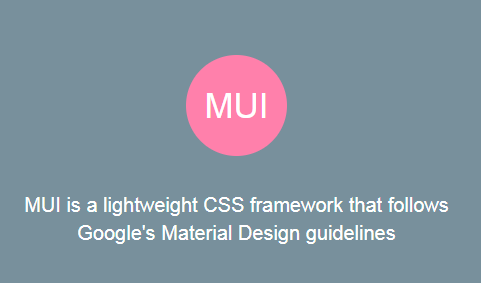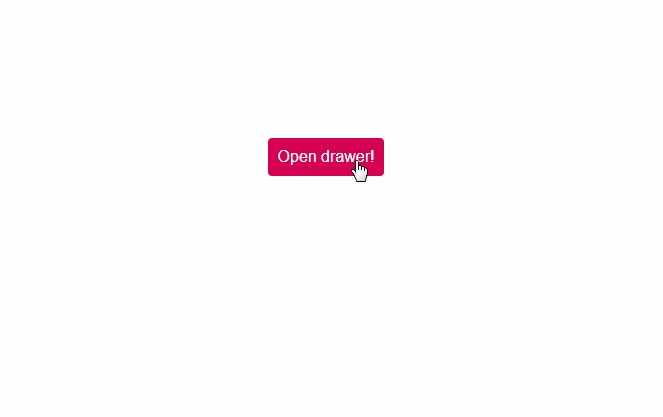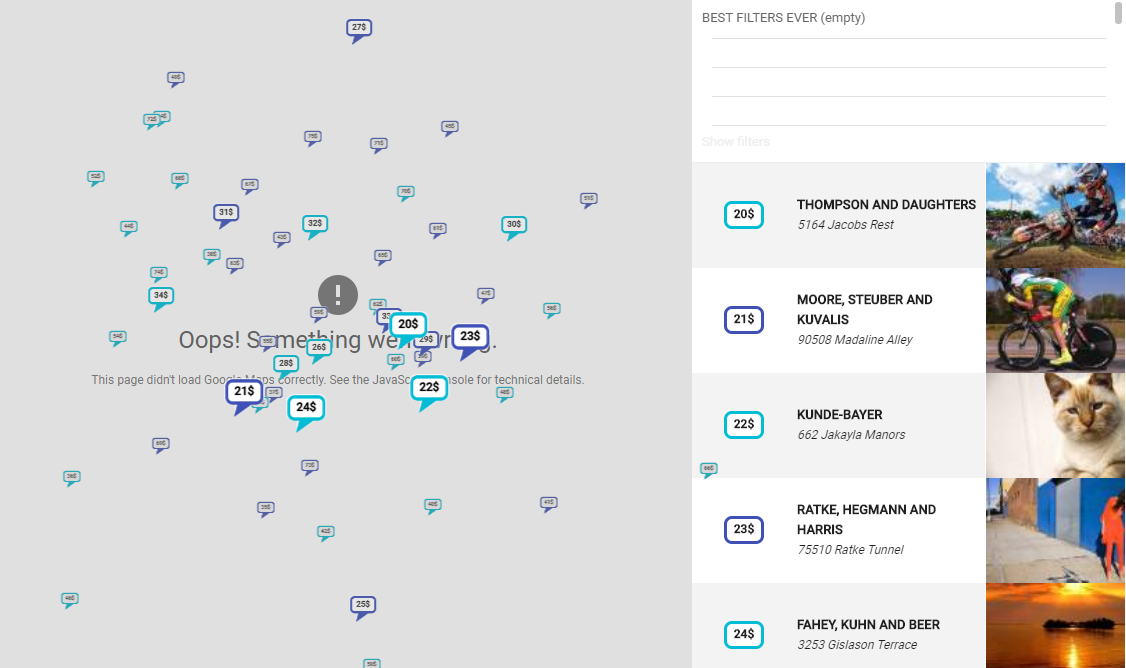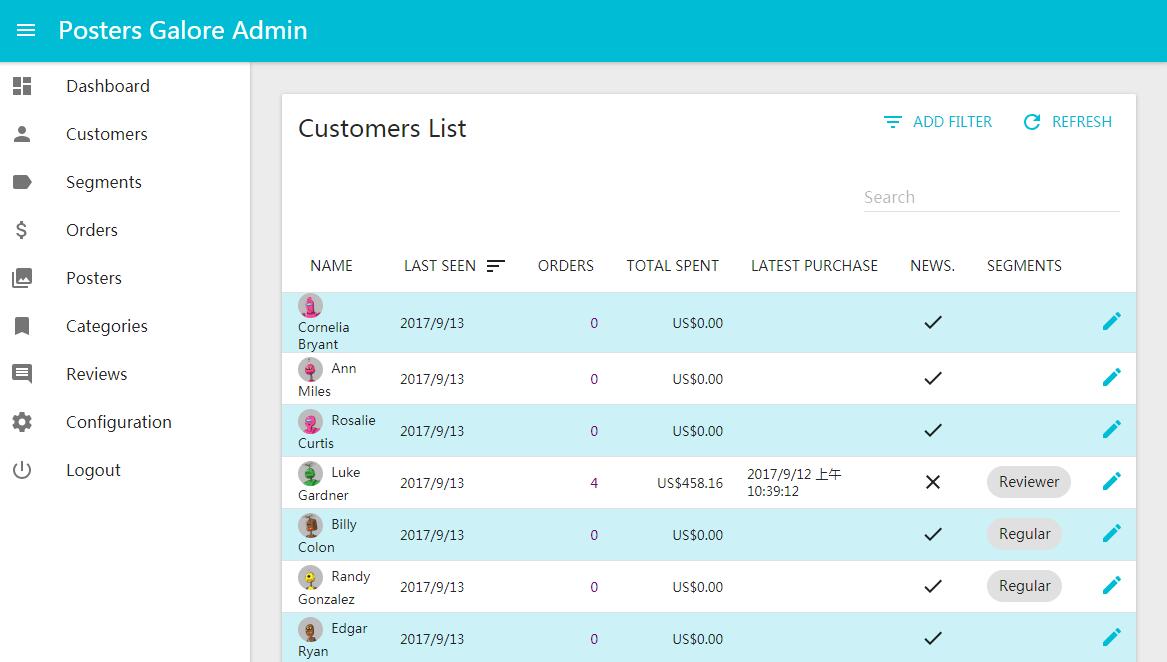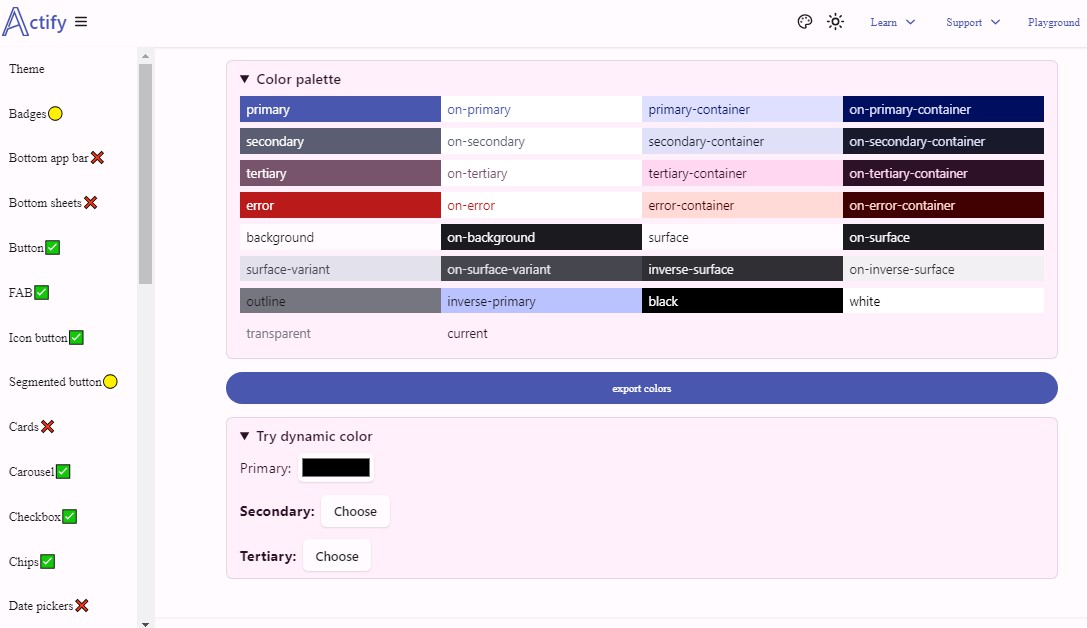Material Design CSS Framework
MUI is a lightweight CSS framework that follows Google's Material Design guidelines.
Use From the CDN:
<link href="//cdn.muicss.com/mui-0.9.39/css/mui.min.css" rel="stylesheet" type="text/css" />
<script src="//cdn.muicss.com/mui-0.9.39/js/mui.min.js"></script>
Or for development you can use the latest:
<link href="//cdn.muicss.com/mui-latest/css/mui.min.css" rel="stylesheet" type="text/css" />
<script src="//cdn.muicss.com/mui-latest/js/mui.min.js"></script>
Install with NPM:
$ npm install --save muicss
Install with Bower:
$ bower install mui
Features
MUI is designed from the ground up to be fast, small and developer friendly. By design it only includes the basic components you need to build a site that follows Google's Material Design guidelines. Some of the key features of MUI are:
- Small footprint: mui.min.css - 6.6K, mui.min.js - 5.4K (gzipped)
- A responsive grid to make mobile-friendly sites
- No external dependencies
- CSS library that can be customized with your own colors
- JS library can be loaded asyncronously
- Email library for styling HTML emails
Browser Support
MUI is tested and works in:
- IE10+
- Latest Stable: Firefox, Chrome, Safari
- iOS 6+
Development Quickstart
- Install dependencies
- nodejs (http://nodejs.org/)
- npm (https://www.npmjs.org/)
- sass (http://sass-lang.com/)
- http-server (via npm)
-
Clone repository
$ git clone [email protected]:muicss/mui.git $ cd mui -
Install node dependencies using npm
$ npm install -
Build examples
$ npm run build-examplesTo view the examples you can use any static file server. To use the nodejs
http-servermodule:$ npm install http-server $ npm run http-server -- -p 3000
Then visit http://localhost:3000/examples
Run tests
Unit tests
To run the unit tests from the command line, run 'npm test':
$ npm test
E2E tests
To run the E2E tests first compile the unit test files into a version that runs in the browser:
$ npm run build-e2e-tests
Then visit http://localhost:3000/e2e-tests
Build Packages
CDN
$ npm run build-cdn
The build will be located in the packages/cdn directory:
cdn/
├── angular
│ ├── mui-angular.js
│ └── mui-angular.min.js
├── css
│ ├── mui.css
│ ├── mui.min.css
│ ├── mui-rtl.css
│ └── mui-rtl.min.css
├── email
│ ├── mui-email-inline.css
│ ├── mui-email-inline-rtl.css
│ ├── mui-email-styletag.css
│ └── mui-email-styletag-rtl.css
├── extra
│ ├── mui-angular-combined.js
│ ├── mui-angular-combined.min.js
│ ├── mui-colors.css
│ ├── mui-colors.min.css
│ ├── mui-combined.js
│ ├── mui-combined.min.js
│ ├── mui-noglobals.css
│ ├── mui-noglobals.min.css
│ ├── mui-noglobals-rtl.css
│ ├── mui-noglobals-rtl.min.css
│ ├── mui-react-combined.js
│ └── mui-react-combined.min.js
├── js
│ ├── mui.js
│ └── mui.min.js
├── react
│ ├── mui-react.js
│ └── mui-react.min.js
└── webcomponents
├── mui-webcomponents.js
└── mui-webcomponents.min.js
NPM
$ npm run build-npm
The NPM package is located in the packages/npm directory.
Meteor
$ npm run build-meteor
The Meteor package is located in the packages/meteor directory.
